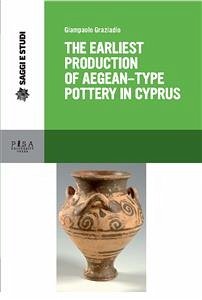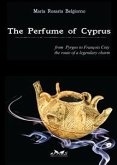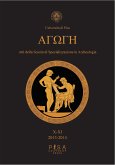According to the basic Furumak’s classification, the three-handled jars which are the primary focus of this study correspond to FS 46 and FS 47. The outstanding feature of the shape of these small jars (less 20 cm. in height) is the conical or biconical body, sometimes with a rather angular shoulder. Probably used as ointment containers, these three-handled jars were relatively common in Cypriot tombs, especially at Enkomi. Most specimens found during the early excavations in Cyprus were stored in Cypriot museums, in the British Museum and in Medelhavsmuseet in Stockholm, but there are also single examples said to be from Cyprus in many European or extra-European museums, although the exact place of their discovery is often unknown. No small jars of these shapes have been found in the Aegean, but a few three-handled jars FS 46 and FS 47 have been reported from Levantine sites which had contacts with Cyprus. They have traditionally been considered in the background of the general development of Mycenaean pottery, especially of the LH IIIA2 piriform jars. Since past times particular attention was sometimes paid to some three-handled jars FS 47, especially those with particular decorations, but, despite the interest in these vases, no comprehensive study of the three-handled jars FS 46 and 47 has been carried out so far. This study aims to fill in these gaps. Therefore, the morphological differences between these small jars, their decorative repertoire and, as far as possible, their find contexts have been discussed in this book. As a result of this study it is possible to state that the three-handled jars related to Furumark’s shapes 46 and 47, dating to 14th century BC, were the earliest Aegean-type vases produced in Cyprus. Moreover, some selected examples have been analyzed with the employment of the pRXF technique and analysis results suggest they were of Cypriot production, therefore being largely in accordance with macroscopic examinations of the individual specimens.
Bitte wählen Sie Ihr Anliegen aus.
Rechnungen
Retourenschein anfordern
Bestellstatus
Storno









